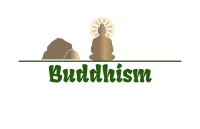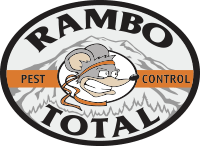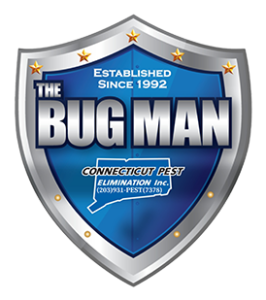The exact distinguishing proof is the most vital phase in a powerful nuisance of the executive’s program. It is the way into a wide range of data about the pest, including its life cycle, conduct, and compelling administration suggestions. Erroneous vermin ID is the main source of pest control disappointments and inappropriate utilization of pesticides. Your province Cooperative Extension Service office can assist with pest ID and control suggestions. Demonstrative labs in plant sickness, pest, and weed recognizable proof are accessible alongside help in deciding how to take valuable examples. The majority of these administrations are free, by click here http://npic.orst.edu/pest/idtools.html you can see more about the identification
Weeds

Any plant can be viewed as a weed when it is developing where it isn’t needed. Weeds become an issue when they diminish crop yields, inflate expenses of creation, and lessen the nature of harvest and domesticated animal items. Moreover, a few weeds cause unfavorably susceptible impacts, like skin testing and roughage fever, and some are harmful to individuals and domesticated animals. Weeds additionally ruin the magnificence of turf and scene plantings.
Weeds hurt helpful plants by going after water, supplements, light, and space debasing the item at collection, holding onto pest pests, vermin, vertebrates, or plant illness specialists, and delivering poisons into the dirt that repress the development of positive plants. Weeds might become pests in water by blocking fish development and multiplication, advancing mosquito creation, ruining sailing, fishing, and swimming, and obstructing water system ditches, seepage trenches, and channels.
Weeds can meddle in the creation of touching creatures by harming the creatures and causing an “off-flavor” in milk and meat. In developed crops, the weeds normally found are those that are leaned toward by the harvest creation rehearses. The size and sort of weed issue frequently rely more upon the yield creation strategy, particularly the utilization or nonuse of development, than on the harvest species included. In noncrop regions, weed populaces might be impacted by variables, for example, weed control programs utilized previously, recurrence of cutting or other traffic nearby, and defenselessness to herbicides.
Improvement Stages
All yield plants have four progressive phases: 1) Seedling – little, sensitive plantlets. 2) Vegetative – quick development; creation of stems, roots, and leaves. Take-up and development of water and supplements are quick and exhaustive. 3. Seed creation – energy coordinated to deliver blossoms and seeds. Take-up of water and supplements is slow and is coordinated chiefly to bloom, organic product, and seed structures. 4. Development – next to zero energy creation or development of water and supplements. Life Cycles Of Plants with a 1-year life cycle are annuals. They develop from seed, mature, and produce seed for the cutting edge in 1 year or less. They are grasslike (crabgrass and foxtail) or have expansive leaves (henbit and normal cocklebur).
There are two sorts: Summer annuals are plants that develop from seeds that sprout in the spring. They develop, mature, produce seeds, and pass on before winter. Models: crabgrass, foxtail, normal cocklebur, pigweed, and normal lambs quarters. Winter annuals are plants that develop from seeds that sprout in the fall. They develop, mature, produce seeds, and bite the dust before summer. Models: cheat, henbit, and yearly country.
Plants with a 2-year life cycle are biennials. They develop from seed and foster a weighty root and minimal bunch of leaves (called a rosette) during the principal year. In the subsequent year, they mature, produce seeds, and kick the bucket. Models: mullein, burdock, and bullthistle.




